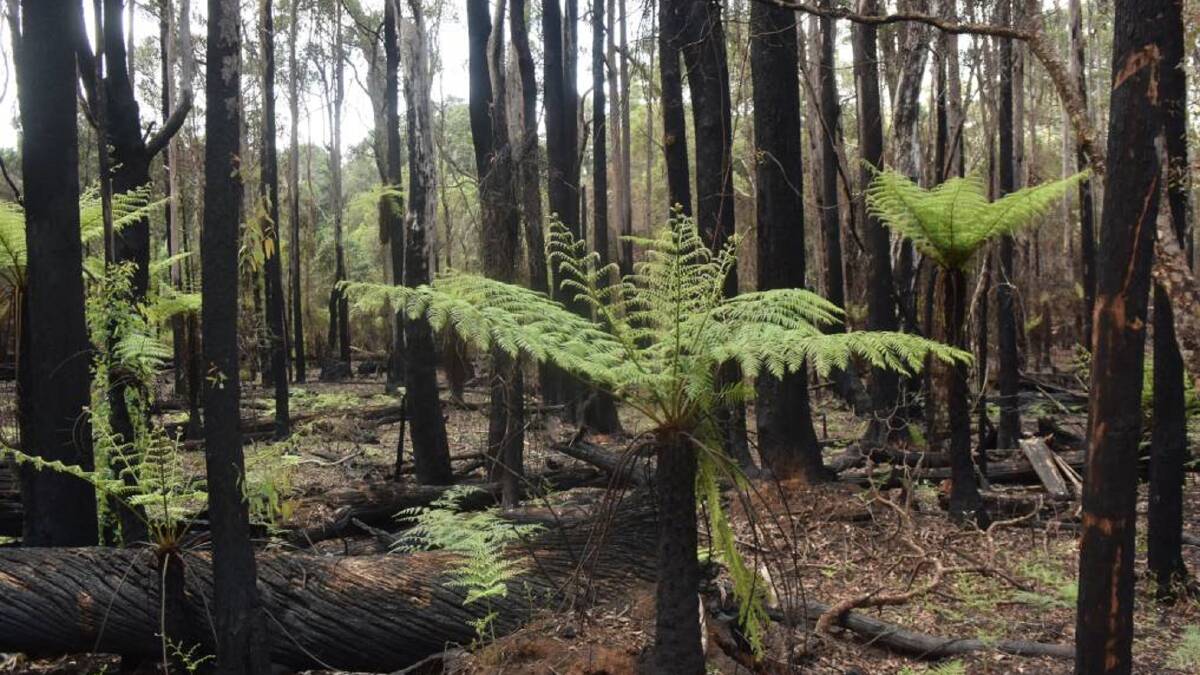
Having returned from northern Kosciuszko on fire deployment, it was a relaxing day. After all, we had just subdued a troublesome fire that was knocking on our door. It was a public holiday, a cherished day off. Then the mobile rang.
Subscribe now for unlimited access.
$0/
(min cost $0)
or signup to continue reading
A column of smoke had been spotted. It was growing in the heart of Namadgi National Park, a fire-prone and tinder dry landscape. At that moment I sensed that our world, the mountains as we knew them, would be transformed. Consumed by fire.
The next two weeks blurred. Days became nights. Rotational shifts became the norm. Life, property and the environment became our guiding ethos. Everyone who started their shift would go home safely. We became fixated on this simple message. Crew safety and physical and emotional wellbeing our highest priority.
We had prepared for this event, dating back to the ashes of 2003. We were ready. Our heritage huts were prepared, crews well trained and our resourcing capabilities unparalleled. Regardless of its ignition, fire in these mountains was inevitable this summer.
To experience the mountains burn once in a career was indeed challenging. To bear witness to the park burning twice, with such unprecedented ferocity, has been confronting.
Fire is a creature of habit. Driven by terrain and influenced by local topography, fire shadows its historical pathways. The insights gained from our collective past informed our future.
As the winds swirled across the Tidbinbilla Range there was a real sense of déjà vu. A fire monster was engulfing Fishing Gap, cascading into the valley. I'd seen this before, and it was a life experience that didn't end well. All these years later the Tidbinbilla Valley I once called home was again under threat. We had to stop the fire here.
With a unique perception, a heightened sense of awareness, we set about taming a monster.
Working in unison with ground crews, the unrelenting aerial bombardment, the countless helicopter water drops and the precision by which strategic retardant lines painted the valley pink was quite simply extraordinary.
That afternoon we quelled a monster, we gained the upper hand.
Among the devastation across the ravaged mountains of Namadgi, there are beacons of hope. As fire fronts advanced, crews stood ready, steering the looming fire flanks around our treasured jewels. Historic huts, cherished campgrounds, pockets of environmental refuge all salvaged from the consuming flames.
As we start our post-fire journey along the green shoots of recovery, these beacons of hope will illuminate our pathway. They will represent the pivot points by which we as a community can once again reconnect with our beloved mountains. The bush capital is indeed resilient.
- Brett McNamara is with ACT Parks & Conservation Service

